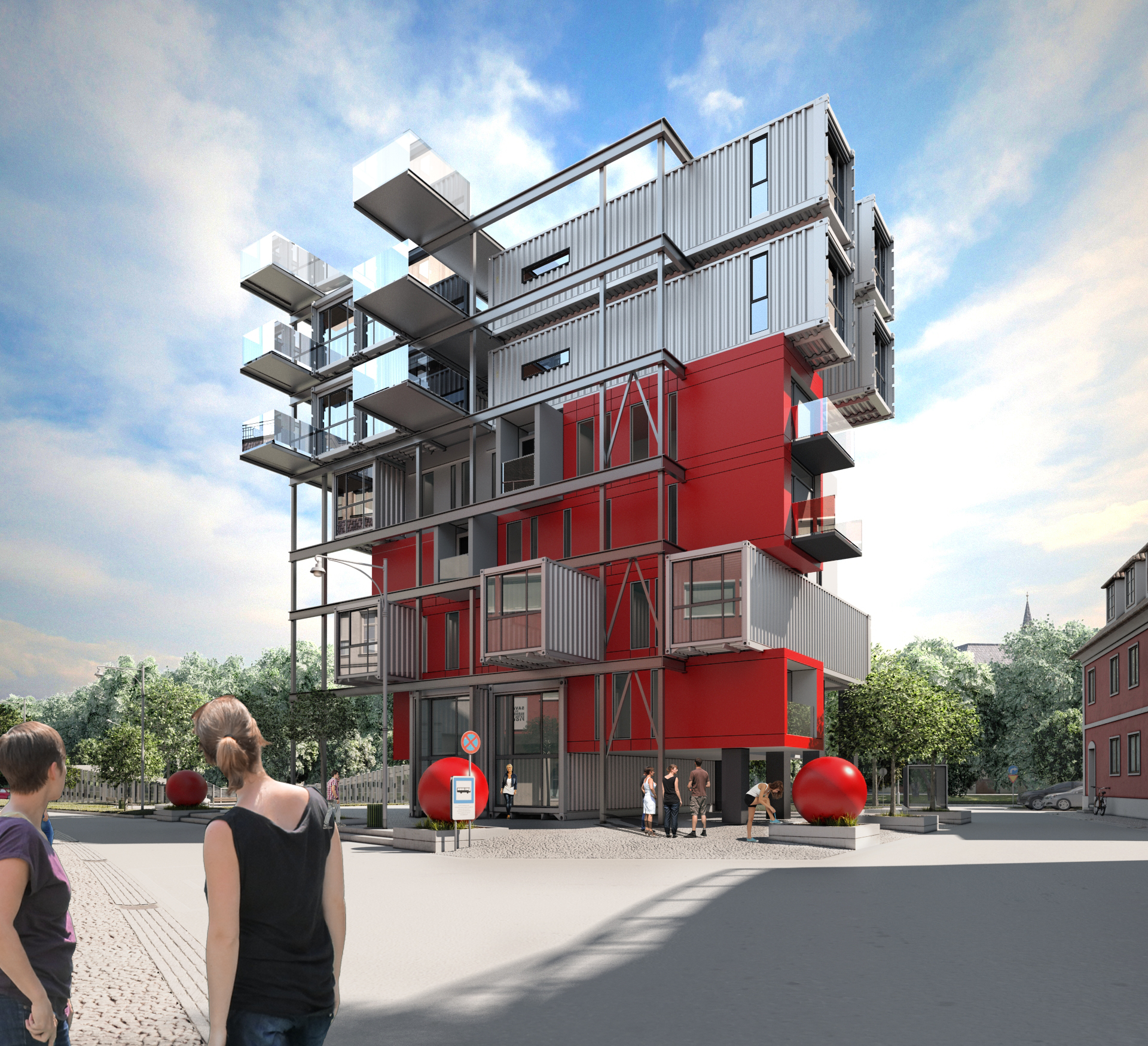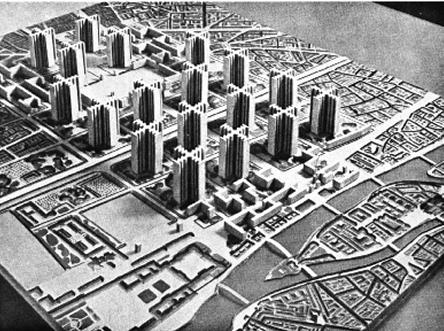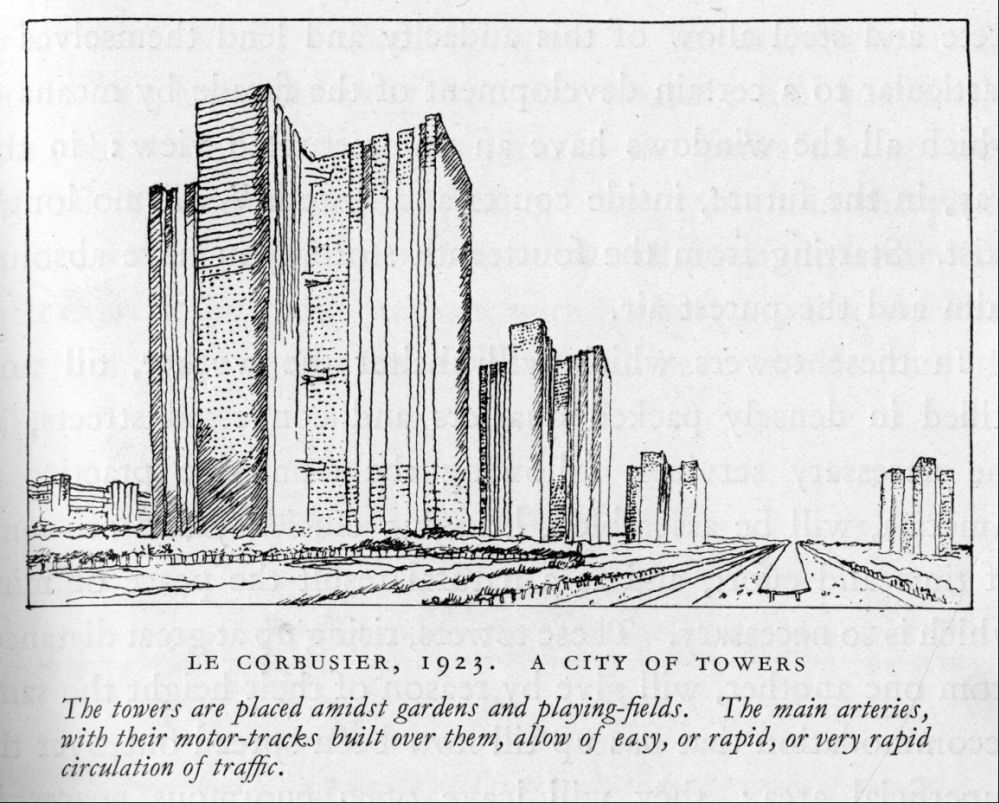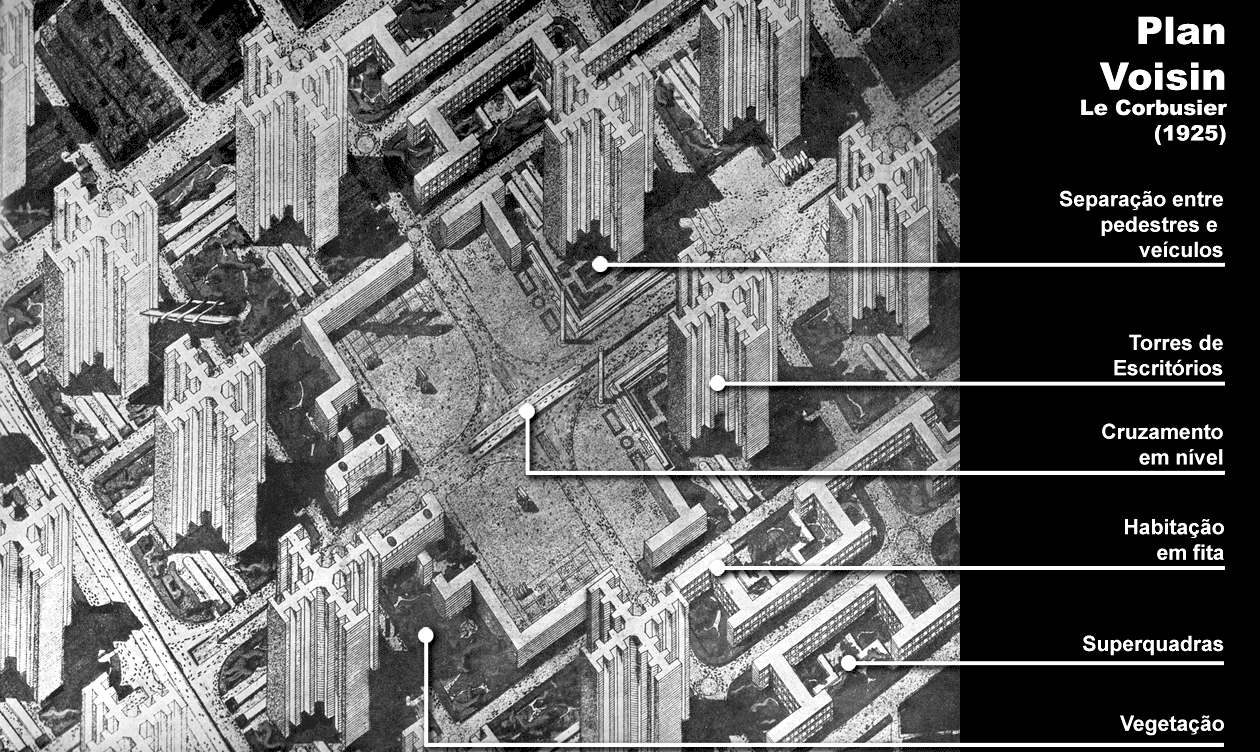In this series of Juxtaposed, I remix West Coast Rap All-Stars' "We're All In The Same Gang" music video with the audio of John B Calhoun's research on social crowding and aggression. The video, which I first shared during my Hip Hop Architecture lecture at Harvard's Graduate School of Design, details how the built environment influences behavior.
Read MoreSpike Lee's "Chiraq" and The History of Public Housing
Following an extended screening of Spike Lee's new film "Chiraq" a heated exchange occurs between Spike and Umi Selah during a questions and answer session. The exchange brought the seldom told history of the systematic destruction of working-class and poor African American communities to the forefront of discussion. Ultimate, Umi Selah was looking to halt historical discourse and acceptance of the black ghetto's existence solely becaue of the "cultural behaviors" of black and brown people. Just as I, Umi Selah looks to expose the conscious efforts of our profession to absolve the most powerful shapers of society, architects, urban planners and social scientists from their responsibilities.
Read MorePhoto By: Nicholas Oran
Hip Hop As Modernism's Post Occupancy Report:Part 2
Hip Hop has established itself as a gravitas culture that crosses borders of race, ethnicity, class, religion and professions. Members of the hip hop generation carry the residue of the culture into all spaces they inhabit and their individual works are seasoned with its’ flavor. As professionals continue to argue the academic validity of hip hop and disseminate the social significance of rap, it is time architectural professionals learn the benefit the culture provides to its’ practitioners.
Read MoreLow Income Housing + Shipping Containers
Here are a couple of renders I created to visualize new concepts for inner city, low income housing utilizing shipping containers. The design is a mixture of current architectural styles, projects and design theories on low income housing.
Read MoreBrewster Housing during demolition in Detroit, Michigan. Photo by GB Cortez McGhee
What if....Please Share Your Comments
After each Hip Hop Inspired Architecture lecture, I'm always faced with the same question from attendees after they learn how the projects necessitated the creation of hip hop.
Read MoreDetroit's Brewster Projects - Photo by SJ Carey
In 1925 - LeCorbusier's Critics Predicted The Birth of Hip Hop
Here is an essential criticism of LeCorbusier's visionary plan for the center of Paris which further links LeCorbuser to the origin of hip hop culture. In 1935 as The City of Detroit built the first federally funded housing development specifically for African Americans which was based on Le Corbusier's "Towers in The Park" scheme, a French architectural critic took to the magazine, L’Architecte to warn the world of the sociological impact the towers and its programming would have on it's inhabitants. In my opinion, this criticism of LeCorbusier's urban renewal schemes, serve as a prediction to the birth of hip hop culture.
Read MoreAs The Brewster Housing Projects Fall, A New Architecture Rises From Its Dust
Today, Tiffany Brown, a former resident of Detroit's public housing who received her master’s degree in architecture from Lawrence Technological University is the new leading lady at the Brewsters nearly 80 years after the ribbon cutting by former first lady Elanor Roosevelt.. She represents Hamilton Anderson Associates as the construction administrator during demolition. How ironic is it that one who transcended the limitations of being born and raised in the public housing systems of Detroit is now the architectural representative coordinating the demolition process,
Read MoreGb Cortez' McGhee in the Detroit's Brewster Projects
Detroit Hip Hop Artist Joins Mike Ford's Hip Hop Architecture Movement
During the preparations for my Hip Hop Inspired Architecture exhibit at the AIA Convention, I worked with professionals including hip hop artist, architects and photographers from all around the country to put on a successful show. The commonality amongst these professionals is the love of hip hop. I must say that their love for hip hop is deeper than the superficial infatuation with pop culture, these professionals, just as I, can easily profess "I AM HIP HOP"! Check out my post about GB Cortez.
Read MoreLe Corbusier - The Forefather of Hip Hop?
This blog is about my first publication related to Hip Hop Inspired Architecture and Design, outside of my thesis at University of Detroit Mercy. The article details how LeCorbusier and his grand architectural visions inadvertently contributed to the creation of the environments which birthed Hip Hop. Thus deeming him, the first hip hop architect.
Morrisania Air Rights Houses, the Bronx.
(Photo: Christopher Anderson/Magnum Photos/New York Magazine)
(The Housing Projects) - The Land That Time and Money Forgot
"New York might be a city of neighborhoods, but Nychaland is a zone of its own. It is almost unthinkably huge: 334 “developments” spread from Staten Island’s Berry Houses to Throgs Neck in the Bronx—178,895 apartments in 2,602 buildings situated on an aggregate 2,486 acres, an area three times the size of Central Park. The population of Nychaland is usually cited at 400,000, but this number is universally regarded as too low, since most everyone knows someone living “off lease.” One NYCHA employee says that “600,000 is more like it.” That’s about 8 percent of New York—with 160,000 families on the waiting list. If Nychaland was a city unto itself, it would be the 21st most populous in the U.S., bigger than Boston or Seattle, twice the size of Cincinnati.
Indeed, perhaps Nychaland’s most compelling attribute is the fact that it exists at all. Across the U.S., public housing, condemned as a tax-draining vector of institutionalized mayhem and poverty, whipping-boy symbol of supposedly foolhardy urban policy, has largely disappeared. Chicago knocked down Cabrini-Green, St. Louis imploded Pruitt-Igoe, New Orleans flattened Lafitte after Katrina. Only in New York does public housing remain on a large scale, remnants of the days when the developments were considered a bulwark of social liberalism, a way to move up. "








